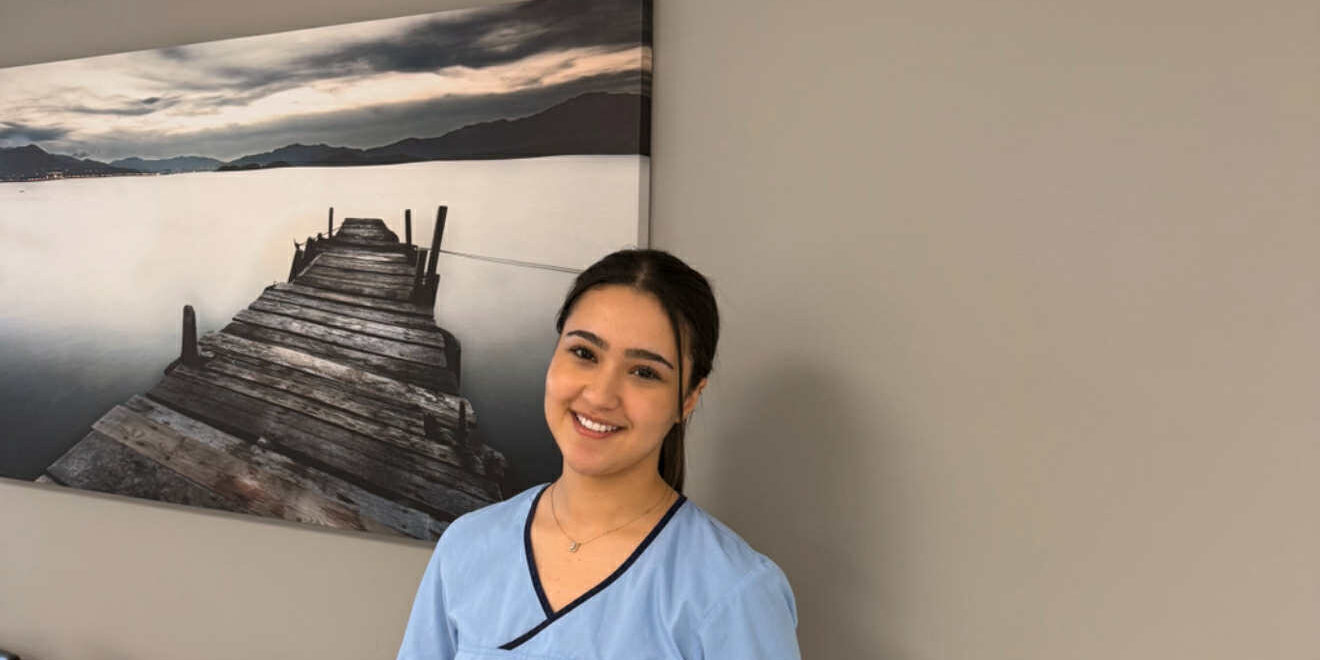FAQ
During your first consultation, we look at your bite and take 1-2 X-rays of your teeth. In some cases, we will scan your teeth using the newest iTero 3D-scanner technology.
If we find treatment to be necessary, we will give you more information regarding your options, treatment plan and costs.
Treatment depends on which bite defects are to be treated and will therefore vary from person to person. The average treatment duration for traditional braces last 2 years on average.
It is common to divide the braces into 2 groups: fixed and detachable braces.
The detachable appliances can be removed for cleaning and adjustment. It is used primarily on younger children and adolescents in growth.
Fixed appliances are glued to the teeth and not removed until the treatment is completed. During the treatment, you will receive check-ups and adjustments, at approximately 4- to 6-week intervals.
It is not painful to have your braces put on, but your teeth may be sore the first week afterward. A regular, over-the-counter painkiller 30 minutes before eating can help you for the first few days. After a week, the discomfort usually fades. Some people experience mild irritation on the inside of the cheeks or lips, as a result of the braces. These can be relieved by putting some wax (which you will receive from us) on top of the bracket closest to the wound.
Sometimes it may be necessary to remove some teeth to get the best possible result. Your orthodontist will be able to tell you whether this applies to you during your first consultation.
Orthodontics is offered primarily to our patients to:
- Improve bite function
- Prevent trauma (damage) to the front teeth
- Straighten teeth to facilitate optimal oral hygiene, by making it easier to access with the toothbrush
- Prevent future oral diseases
- Aesthetics: improve the tooth position and face profile
There are many benefits with orthodontic treatment. It will be easier for you to keep your teeth clean, you will have improved chewing function and aesthetically you will get a beautiful smile.
A treatment with orthodontics can in principle be done at any stage of life. Some preventive treatments can be done early in life, at 7-10 years of age. Other treatments do not begin until you have all your permanent teeth. It is also becoming more common for adult patients to undergo orthodontic treatments with today's modern, and almost invisible, orthodontics.
In the first few days after getting braces, it may feel different when you speak. You will quickly get used to this and talk without issue.
If you are careful with oral hygiene, you should experience no issues. If you do not brush the bacteria (plaque) away properly, it will increase the risk of decalsifications (caries) - which leaves white marks on the teeth. The white marks may eventually turn brown due to discoloration from food and drink. They will never disappear by themselves. Here at the clinic, you will receive instructions on how to brush teeth with braces properly, as well as food/drinks you may want to avoid. It is also important that during the treatment period, extra fluoride is added to the teeth to increase the protection against cavities in the teeth. We recommend 0.2% NaF fluoride rinse, which you can get without a prescription at the pharmacy.
After ended treatment, you often get thin retainers that are glued to the back of your front teeth. The purpose is to stabilize the teeth in their new position. You may also get a removable night retainer, which is used at night for a couple of years after treatment. You will get more information about this from us - both in how it should be used and how it is cleaned.
We understand that there is a lot to wonder about when it comes to braces. Contact us on telephone +47 46 95 54 79 or e-mail post@aarnestannhelse.no. You can also use our contact form.

Contact form
Fields marked with * are mandatory
